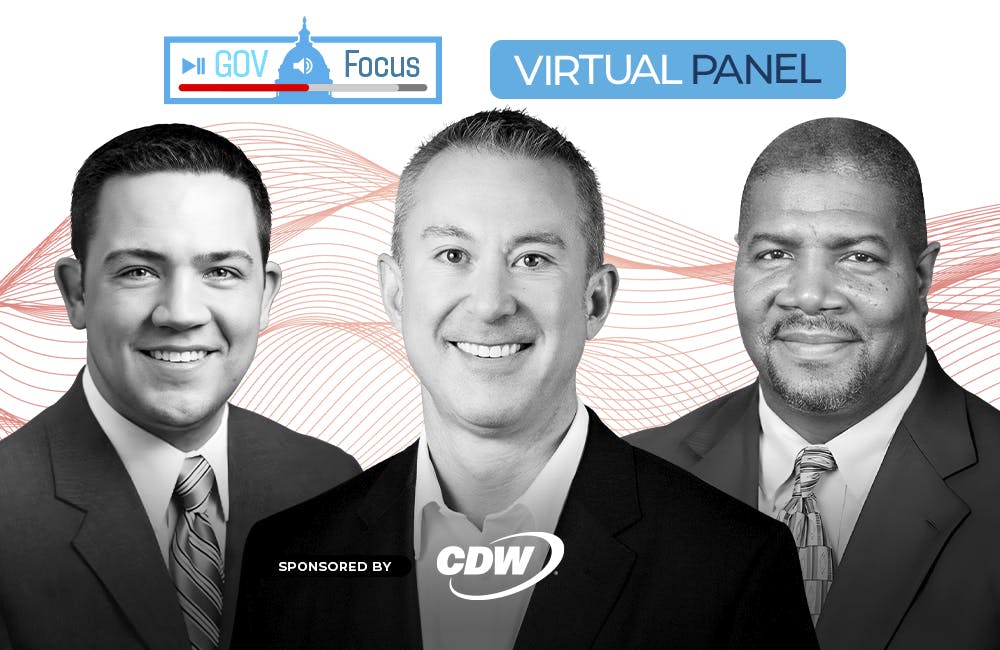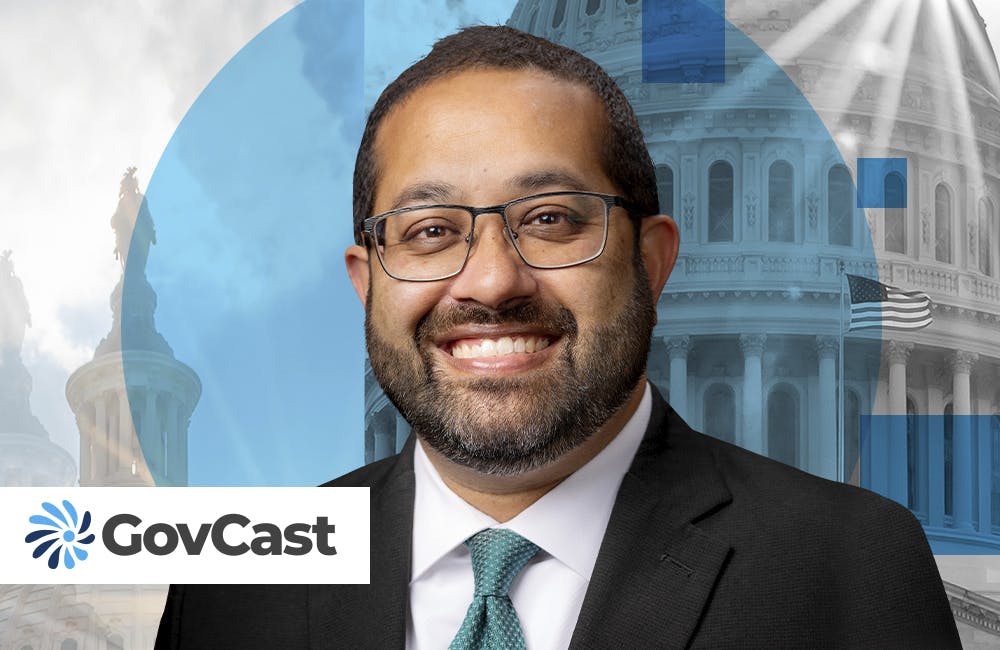VA Centralizes Community Care Management
The agency’s care integration plan will bring all financial functions under one roof.

The Department of Veterans Affairs will be centralizing financial management of its community care program within the Veterans Health Administration, a process that represents the first step of its newly integrated access and care coordination model.
The plan outlines steps to launch a coordinated care model with the intent of providing more streamlined access to care.
“Once the model is developed and implemented, with veteran and Veterans Service Organization input, veterans will see an integration of the care they receive through a VA medical facility and in the community,” according to an Oct. 5 VA press release.
Veterans often turn to community outlets when looking for care that cannot be provided by accessible VA facilities, or when a veteran lives in a state or region without a full-service medical facility.
VA has coordinated with non-VA care networks to provide these additional services since the precursor Veterans Administration was founded in 1930, with the agency upholding similar partnerships over the intervening decades. This relationship was codified with the Veterans Community Care Program’s launch in 2013, and subsequently updated with new criteria following the 2018 MISSION Act.
This latest transition appears focused on smoothing this relationship, with VA describing one of its core goals as “[reducing] overlap and duplication within care access and financial functions.”
Eliminating the aforementioned redundancies is a priority in light of the increasing number of veterans who seek care outside of VA clinics and hospitals each year.
“In 2021 we saw more than 6 million [community care] referrals serving more than 2.3 million veterans,” VHA Chief Financial Officer Laura Duke told GovernmentCIO Media & Research.
Much of this streamlining will center on the management of Congressional funding allocated toward VA community care.
“There will be one finance office within VHA. As Community Care grew, the funds allocated toward that program were separated and provided in different ways. Basically, we were treating this as a separate entity, when now it has become an organic part of the way in which we deliver care,” Duke said. “Communicating the needs or resources to Congress and to [the Office of Management and Budget], communicating the availability of resources out to the medical center directors and in the field, and monitoring the execution of resources as part of our financial oversight practice, this will now be streamlined and we’ll be able to speak with one voice on the financial side and ensure that there’s consistency in the way that we’re managing all of the VHA resources and tracking their utilization.”
VA leadership expects this transformation will allow them to better anticipate and meet veterans care in the future, creating a more efficient process for both anticipating Congressional funding requests and allocating resources under the singular oversight of VHA itself.
“By integrating this model, we’ll have a very clear picture on what our veterans’ needs are and what the strength of each market is. We’re also undertaking market assessments that are bringing in additional data. So there’s a lot of opportunity to better position our requests with this one lens. It’s not about how much money do we need for community care, it’s how much money do we need for the system as a whole, and where do we believe the system will go in terms of delivering that care,” Duke said.
VA also expects this foundation will lead to smoothly expanding their community care programs going forward to meet veteran needs, granting a unified management that will foster a more cohesive growth in available capacities.
“This is a recognition that our use of care in the community has become much more vibrant, as we seek to improve timeliness of care, quality of care, and serve evermore veterans. So we need to integrate it into our normal business processes in order to make sure that it continues to work in the way that Congress intended when they authorize the benefits,” Duke said.
This is a carousel with manually rotating slides. Use Next and Previous buttons to navigate or jump to a slide with the slide dots
-

DOD Has a New Cyber Resiliency Assessment Program
Defense officials tout the continuous assessment feature and scalability of the new program amid increased cyber threats.
5m read -

Transitioning Systems for Modern Agency Missions
IT modernization is a constant process necessary for improving customer service, mission delivery and collaboration.
40m watch -

Cyber Resilience and Recovery Amid Evolving Cyber Threats
Data durability is a key aspect of NIST’s cybersecurity framework for public and private organizations.
21m listen -

How Tech Enables Environmental Justice at EPA
The agency wants to eliminate bias and establish new tech standards to reduce greenhouse gas emissions.
39m listen








